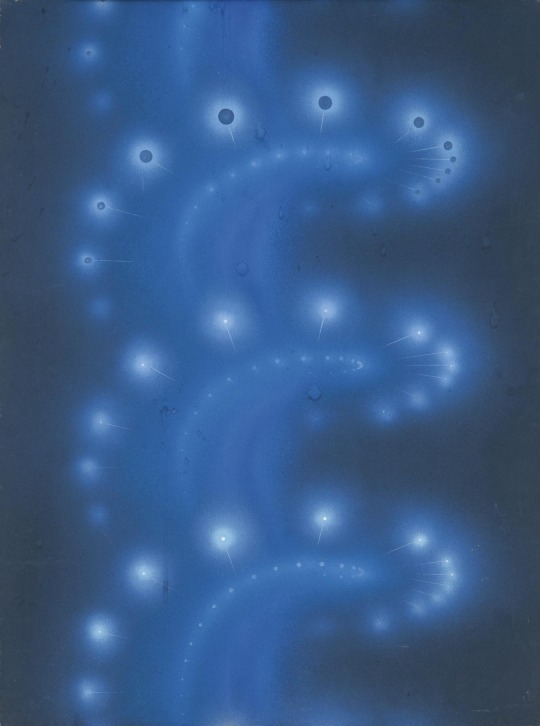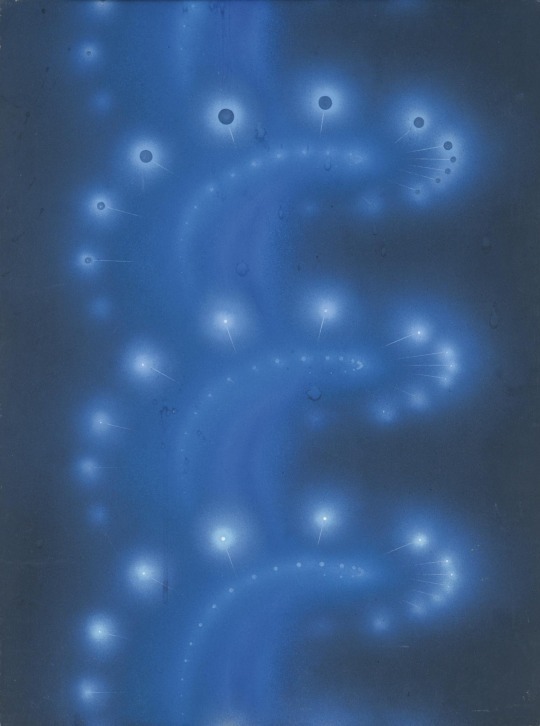#francisco infante arana
Link
Kinetic art is one of those movements in contemporary art of the second half of the twentieth century that appeared almost simultaneously and independently of each other in both the Western and Russian contexts. The term “kinetism” was first heard in 1960 as part of the exhibition MAT-Kinetishche Kunst—Mutliple Art Transformable—Art cinétique at the Kunstgewerbemuseum in Zurich, organized by the artist Daniel Spoerri. Within two years, groups of kinetic artists formed all over the world, including Moscow, where the Dvizhenie (Movement) group appeared in 1962. One of the participants and founders was Francisco Infante-Arana. It was obvious everywhere that the speed and dynamics of reality had changed; but in the USSR the sense that the world had started to move was felt with special clarity during The Thaw, which replaced the monumental and hopelessly static world of the Stalin period and of official Socialist Realism and which, as it seemed to progressive artists then, demanded new, more dynamic and modern forms of art. Kinetic art and geometric abstraction were the revival of the traditions of the historic avant-garde.
Infante-Arana recalls that he learned about the kinetic experiments in prewar art when as a young man he met relatives who stayed in the USSR of the brothers Antoine Pevzner and Naum Gabo, forefathers of kinetic art who had emigrated in the 1920s. Like the historical avant-garde, the kinetic art of Francisco Infante-Arana of the 1960s was art not intended for private collections or even museums but for public spaces. At the start of his career, the artist and his colleagues in the Movement Group did not consider themselves to be underground dissidents but on the contrary sought to create a kind of public art. The completely fantastic project for decorating Leningrad for the fiftieth anniversary of the October 1917 Revolution proposed by the Movement Group in 1967 and the projects for kinetic illumination for Red Square elaborated by Infante-Arana in 1968 were not implemented.
But Infante-Arana exhibited frequently in Russia and abroad. His object “Space-Movement-Infinity”—the first kinetic work in postwar Russian art—was shown in 1965 at the Leningrad Architects Club. Argo, the group he founded in 1970, created quite a few public projects of kinetic spaces for scientific and industrial exhibitions in Russia. The artist continued working on his own projects that could not be realized within the official cultural space of the time. He was one of the first in Russia to work with natural landscapes, creating his own version of Land Art. His projects in the late 1960s and 1970s, such as “Meadow Vector,” “Procession,” or “Hearths of Crooked Space,” photographs of landscapes turned into geometric compositions by using mirrors positioned within them, are remarkably reminiscent of the photo works of Robert Smithson, the American founder of Land Art, made in 1968-69, and about which the Russian artist, who began his own work with mirrors in space at almost the same time, knew nothing. However, despite the amazing similarity, Infante-Arana’s works are about something else. Smithson turned the “natural,” given reality into an aleatoric collage, making visible the forces of chance, entropy, and chaos. On the contrary, Infante-Arana, whose late-1960s utopian “Plans for the Reconstruction of the Starry Sky” called for the stars to move into correct geometric figures, brings order to the landscape, instilling symmetry, giving it a vector of movement that remains a force that preserves the integrity of the picture of the world.
1 note
·
View note
Text

Francisco Infante-Arana: Blue Lights (1964)
3K notes
·
View notes
Text
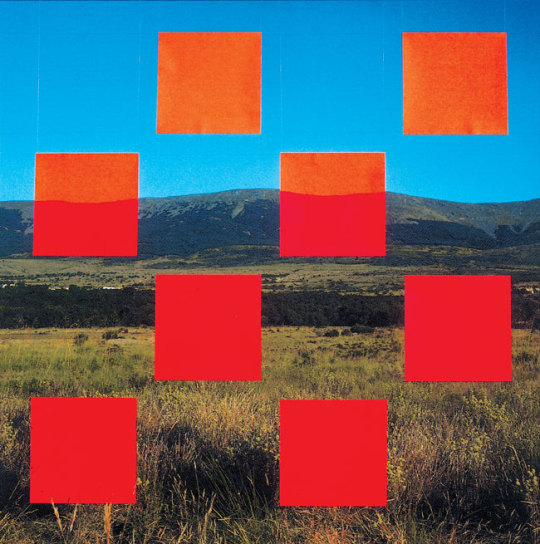
Francisco Infante-Arana / Applications project
2K notes
·
View notes
Text

Francisco Infante-Arana (Russian, 1943) - Blue Lights (1964)
978 notes
·
View notes
Text

12 notes
·
View notes
Photo

Francisco Infante-Arana (Russian, born 1943) A variant of the infinity spiral from the cycle «Infinity Spiral», 1963 Gouache, tempera on paper, 74 x 44 cm
17 notes
·
View notes
Photo
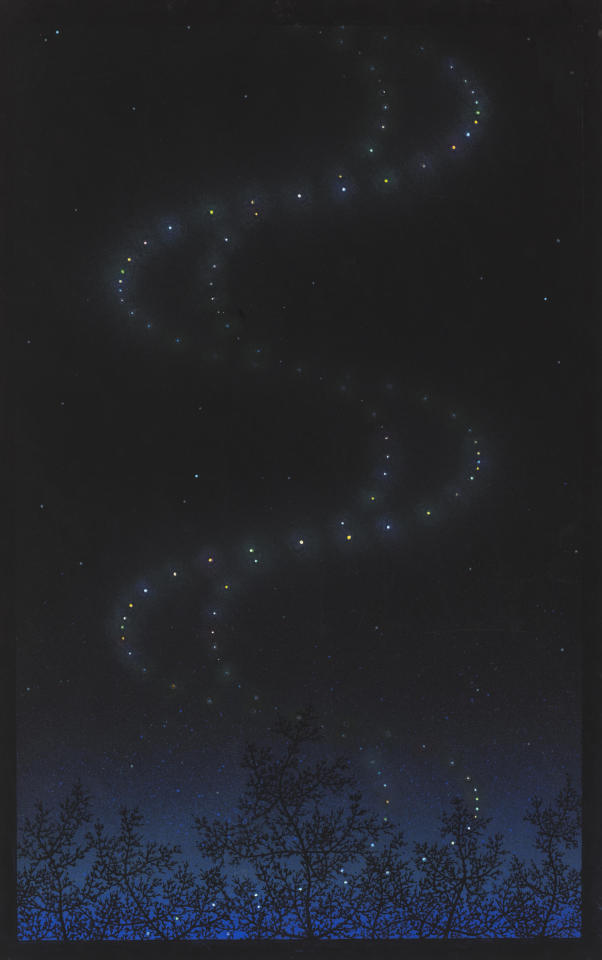
Francisco Infante-Arana (Russian, b. 1943), Spiral from the series Starry sky reconstruction projects, 1965-67. Gouache and tempera on paper, 50 x 32 cm.
2K notes
·
View notes
Photo
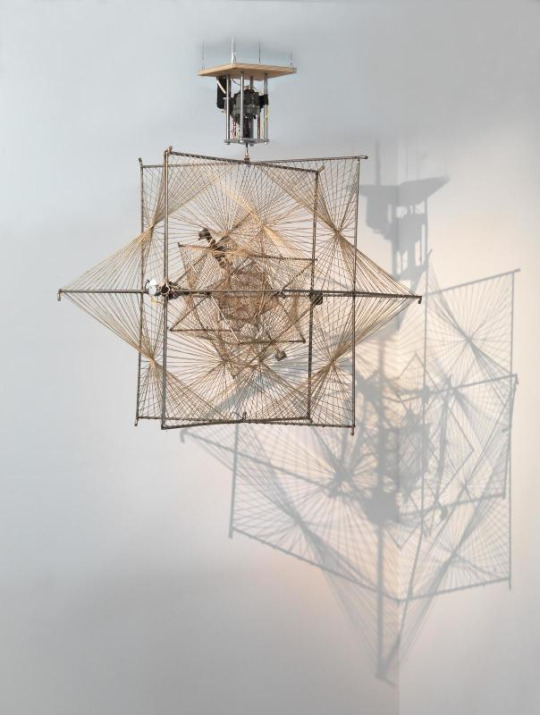
Francisco Infante-Arana, Maquette Espace-Mouvement-Infini, 1963-1965 (video here) [Centre Pompidou, Paris. © Francisco Infante-Arana. Photo: © Philippe Migeat/Centre Pompidou]
#art#kinetic art#arte cinetica#geometry#pattern#structure#sculpture#video#francisco infante arana#philippe migeat#centre pompidou#1960s
38 notes
·
View notes
Photo

Francisco Infante-Arana — The Reconquest (tempera on cardboard, 1963)
391 notes
·
View notes
Photo
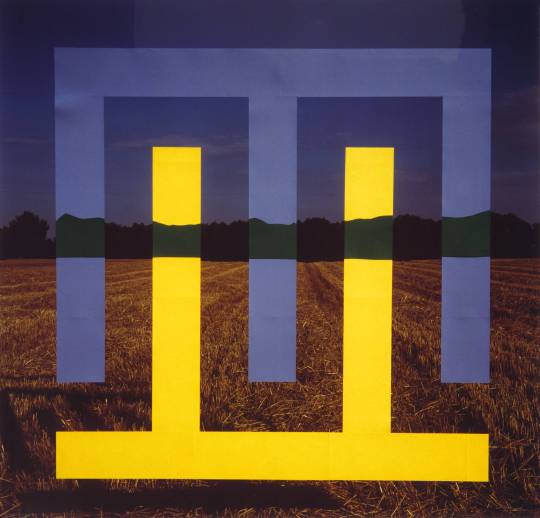
FRANCISCO INFANTE-ARANA (RUSSIAN, b. 1943)
Artefacts, from the Signs in a Landscape series, 1997
photograph
50 x 52 cm (19 3/4 x 20 1/2 in.)
© Shapiro Auctions
#francisco infante arana#contemporary photography#photography#russian art#landscape#mu#mu photo#shapiro auctions
1 note
·
View note
Text

Francisco Infante-Arana Floating triangle 1965 tempera on paper
23,5 x 23,7 cm
118 notes
·
View notes
Text
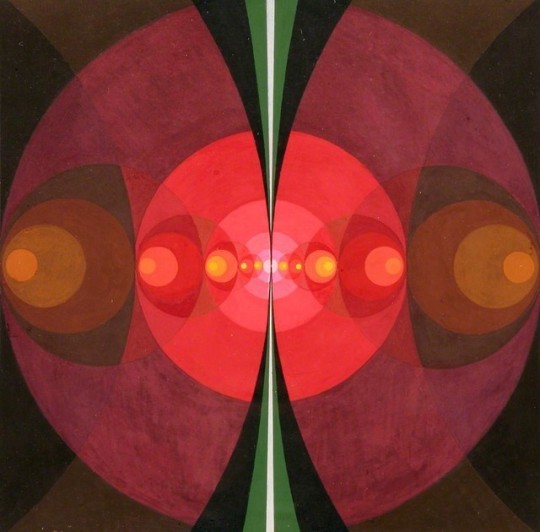
Francisco Infante-Arana / The Reconquest, 1963
#Francisco Infante-Arana#art#abstract art#geometric abstraction#symmetry#soviet art#contemporary art#1963
25 notes
·
View notes
Text

Francisco Infante-Arana (Russian, 1943) - Spirale à l'Infini (Infinity Spiral) (1963)
194 notes
·
View notes
